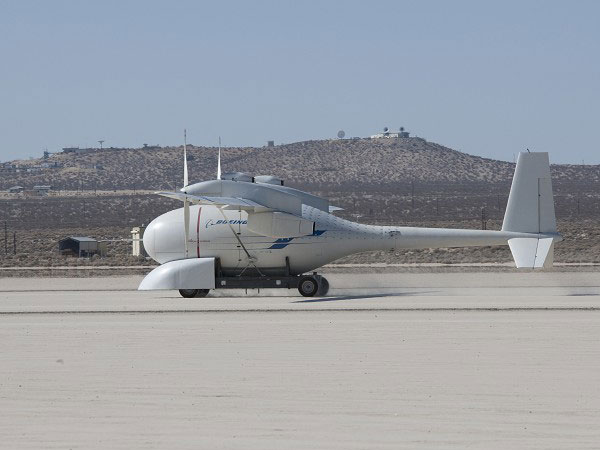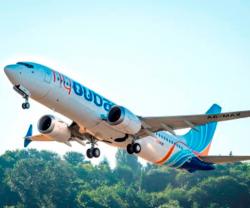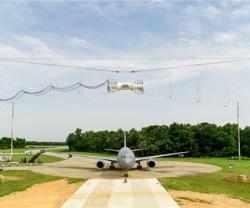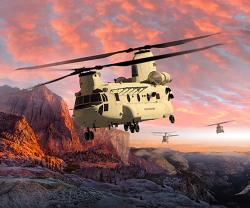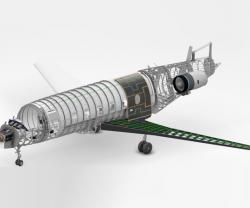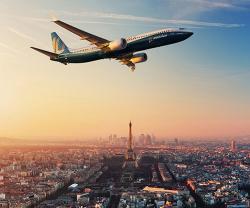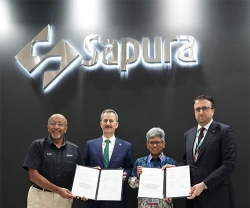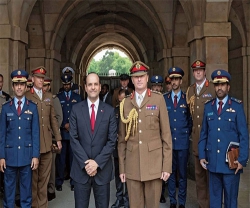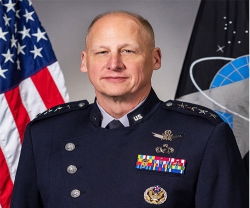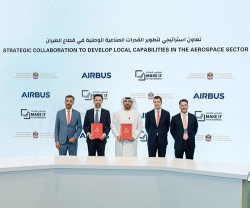Boeing Phantom Eye Completes Taxi Testing
08.02.2013 North America
Boeing's liquid hydrogen-powered Phantom Eye unmanned aircraft system has completed taxi testing at Edwards Air Force Base in California as it progresses toward its second flight.
During the testing, which occurred February 6, the Phantom Eye demonstrator aircraft sitting atop its launch cart reached speeds up to 40 knots, or approximately 46 miles per hour.
The Phantom Eye team has also completed software and hardware upgrades to prepare for flying at higher altitudes.
“We upgraded the autonomous flight systems and have achieved all the required test points in preparation for the next flight,” said Drew Mallow, Phantom Eye Program Manager.
Additionally, the team improved the aircraft’s landing system following Phantom Eye's first flight, when the landing gear dug into the Edwards lakebed and broke.
“We've drawn on Boeing’s experience to come up with a solution, using our tactical fighter aircraft landing systems as an example,” said Brad Shaw, Phantom Eye Chief Engineer.
Phantom Eye's innovative and environmentally responsible liquid-hydrogen propulsion system will allow the aircraft to stay on station for up to four days while providing persistent monitoring over large areas at a ceiling of up to 65,000 feet, creating only water as a byproduct. The demonstrator, with its 150-foot wingspan, is capable of carrying a 450-pound payload. Its first flight, in coordination with NASA's Dryden Flight Research Center at Edwards, was in June 2012.
During the testing, which occurred February 6, the Phantom Eye demonstrator aircraft sitting atop its launch cart reached speeds up to 40 knots, or approximately 46 miles per hour.
The Phantom Eye team has also completed software and hardware upgrades to prepare for flying at higher altitudes.
“We upgraded the autonomous flight systems and have achieved all the required test points in preparation for the next flight,” said Drew Mallow, Phantom Eye Program Manager.
Additionally, the team improved the aircraft’s landing system following Phantom Eye's first flight, when the landing gear dug into the Edwards lakebed and broke.
“We've drawn on Boeing’s experience to come up with a solution, using our tactical fighter aircraft landing systems as an example,” said Brad Shaw, Phantom Eye Chief Engineer.
Phantom Eye's innovative and environmentally responsible liquid-hydrogen propulsion system will allow the aircraft to stay on station for up to four days while providing persistent monitoring over large areas at a ceiling of up to 65,000 feet, creating only water as a byproduct. The demonstrator, with its 150-foot wingspan, is capable of carrying a 450-pound payload. Its first flight, in coordination with NASA's Dryden Flight Research Center at Edwards, was in June 2012.
Previous PostBAE THAAD Seeker Performs Historic Test
Latest news
Latest events
Paris Air Show
16 - 22 Jun 2025Paris Le Bourget - FranceDefenPol China2025 - 7th Guangzhou International Defense & Police Exhibition & Summit
11 - 12 Jul 2025Nan Fung International Convention & Exhibition Center (NICEC) - ChinaIDEF 2025 Turkey - International Defence Industry Fair
22 - 27 Jul 2025Istanbul Expo Center - TurkeyDSEI 2025
09 - 12 Sep 2025Excel, London - United Kingdom

